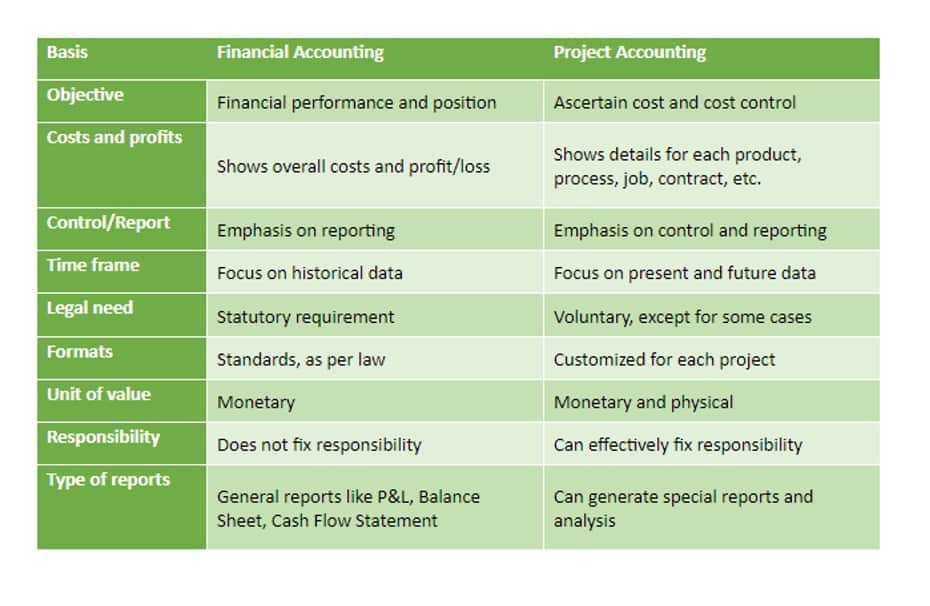ISBN 9781618534217 Accounting for Governmental and Nonprofit Organizations with Access 2nd Edition Direct Textbook

In fact, one of the most important facets of a healthy nonprofit organization is good nonprofit accounting practices. Yep, success lies not in rescuing pygmy hippos from burning buildings (a crucial task, of course!) but in tallying numbers and balancing books. Government entities report their financial status through statements different from standard corporate reports. These statements include information on government-wide finances and fund-based reports, offering a comprehensive view of financial health.
Budgetary Control and Reporting

This process is vital for both internal management and external reporting, as it impacts financial statements and compliance with grant and donor requirements. Fund accounting is central to financial management in governmental and nonprofit organizations, offering a structured method for tracking resources. Unlike traditional accounting, fund accounting separates resources into distinct categories, or “funds,” each with specific restrictions and purposes.

Detailed Reporting Tools
- Therefore, Chapter 2 and Chapter 4 introduce the topic,and Chapter 5 reinforces and expands upon the earlier discussion.
- These reports provide insights into the organization’s financial health and ensure compliance with legal standards.
- Unlike corporate accounting, it centers on public accountability and ensuring funds are used effectively.
- With our air-tight payment processor that accepts all your donors’ favorite payment methods (bank accounts, Venmo, and stock—oh my!), donor management and financial management is a breeze.
- To help students comprehend the governmental and nonprofit accounting concepts, a guidedexample is included with each learning objective.
- And a finance committee is one of the most important committees you can have because they do financial planning, stay on top of your budget, track overhead expenses, and generally keep your funds fundamentally favorable.
- Tools like SAP Public Sector and Oracle’s PeopleSoft assist in compiling these reports, ensuring accuracy and compliance with governmental accounting standards.
This should be of particular interest to instructors of public administration students as well as governmental accounting students that wish to learn how to use financial statements. Chapters 13 and 14 will be accounting for governmental and nonprofit organizations of particular interest to instructors that wish to focus more attention on nongovernmental entities. The focus of Chapter 13 is nonprofit organizations, and the focus of Chapter 14 is nonprofit and governmental health care organizations. The following table provides a possible approach to a governmental and nonprofit accounting course of varyinglengths. Financial reporting in governmental and nonprofit organizations is essential for providing stakeholders with a comprehensive view of financial health and operations.
- These metrics provide insights into resource utilization effectiveness in achieving mission and objectives.
- By establishing robust internal controls, nonprofits can protect their assets, ensure accurate financial reporting, and maintain donor trust.
- Financial reporting in governmental and nonprofit organizations is essential for providing stakeholders with a comprehensive view of financial health and operations.
- Financial performance metrics assess the economic health and operational efficiency of governmental and nonprofit organizations.
The 4 must-know nonprofit financial statements

For instance, conditional contributions, which depend on meeting certain criteria or performance obligations, can only be recognized as revenue once those conditions are met. This differs from unconditional contributions, which can be recorded immediately upon receipt. Effective budgetary control and reporting are essential for government and nonprofit organizations, ensuring fiscal responsibility and strategic financial planning. Developing a comprehensive budget that aligns with an organization’s goals and anticipated revenue streams is crucial. The budgeting process involves forecasting revenues and expenses, requiring input from various departments to create a realistic financial plan.

These metrics provide insights into resource utilization effectiveness in achieving mission and objectives. Double-entry bookkeeping is a key component of fund accounting, recording every transaction in at least two accounts to maintain the accounting equation’s balance. This system provides a comprehensive view of an organization’s financial position, aiding informed decision-making. Software like Blackbaud Financial unearned revenue Edge NXT and QuickBooks Nonprofit cater to these sectors’ unique needs. One strategy is to segment overhead expenses into categories such as occupancy, labor, and other operational costs.
- Fund accounting and accrual-based accounting in non-profit organizations are primarily two types.
- Organizations often have multiple budgets throughout the year, including an annual budget for overall activities and shorter-term budgets for specific events and campaigns.
- With the amount of money we pay in taxes each year, it is madness to not look at a governmental financial statement just as you would for any other substantial investment.
- Dr. Waymire has served in leadership roles in academicorganizations, participates in standard-settingactivities, and routinelyspeaks at academicand professional conferences.
- You may want to ask about any failed transactions and inquire as to the status of those funds.
- For instance, a special revenue fund might track grants received for a specific program, ensuring compliance with grantor stipulations.
- We attempt to cover the basic accounting and financial reporting principles in as comprehensive a manner as possible.
- Beyond the obvious (it’s accounting but for nonprofits is not an explanation!), nonprofit accounting refers to keeping track of all of your nonprofit organization’s financial goings-on to ensure transparency and accountability.
- Implementing robust internal controls is paramount for maintaining stakeholder confidence and securing long-term sustainability.
Nonprofits often follow the guidance provided by FASB’s Accounting Standards Update (ASU) on revenue recognition, which emphasizes the importance of recognizing revenue when it is earned and realizable. Government-wide financial reporting is a critical aspect of transparent and accountable financial reporting for state and local governments. It provides stakeholders with a comprehensive view of a government’s financial health and activities. This module outlines the steps involved in preparing the government-wide Statement of Net Position and the government-wide Statement of Activities from trial balances and supporting documentation. We will also learn how to account for transactions for fiduciary funds Law Firm Accounts Receivable Management and practice creating the fiduciary funds’ required financial statements.

The primary components typically include the Statement of Net Position, the Statement of Activities, and the Fund Financial Statements. Fundraising is more than just sparkly galas and fun runs; it’s serious business (and you know it!). Nonprofit accounting rules are all about that accountability, so you’ll want to establish internal controls to prevent fraud and ensure everything is by the book. Regular financial reviews, clear approval processes for expenses, and, of course, secure software. As we’ve discussed, nonprofits need to use fund accounting to keep track of different funding sources and their respective designations for specific purposes.







